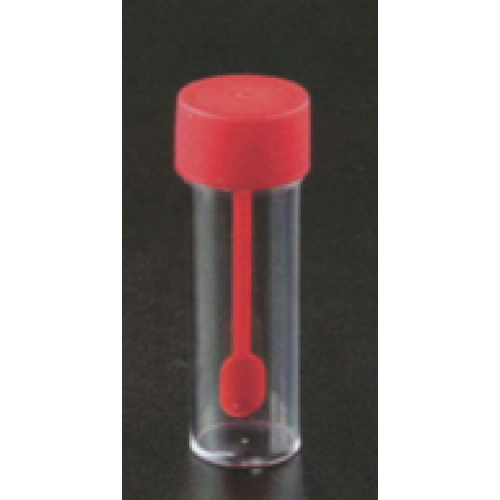Eppendorf Cell Culture Plates are tailored for the expansion of smaller cell numbers as well as for cell-based assays. Qualification of cell morphology and cell performance can be especially critical in those steps. We optimized the optical performance by enhancement of the planarity, material clarity and reduction of the meniscus of liquids in the wells to facilitate every step where manual or automated read-out is necessary. Easy orientation and fast identification of individual wells due to the contrast rich alphanumeric OptiTrack® labeling is now available for cell culture! The new chimney-well design avoids inhomogeneous growth of cells in the outer ring of wells in any plate format which reduces costs and increases efficiency. If cells need to spend longer times outside the incubator the filling of the inter-well spaces of the complete plate will keep the temperature stable and prevents unwanted bias due to temperature shifts. The lid and plate bottom can easily be distinguished providing extra safety in transportation and stacking.

Improved assay results
The outer moat of the 96–well plate can be filled with liquid due to the innovative new chimney–well design of the plates. Thus inhomogeneous assay results due to the “edge effect” can be minimized.

Optimized microscopical performance
The enhancement of the planarity, superior material clarity and reduction of the menicus of liquids in the wells facilitate every step where manual or automated read–out is necessary. Shadow interference in imaging area is significantly reduced a shown in comparison to a competitor plate.

Safe handling
A pronounced corrugation of the plate lid and a smaller lid makes workin with Eppendorf Cell Culture Plates extremely comfortable and safe.
Features
- Easy and fast well identification by contrast rich individual well ID and OptiTrack® alphanumeric labeling
- Moat surrounding the outer wells to prevent the “edge effect” when filled with liquid
- Chimney-well design to enable the filling of the inter well spaces of the complete plate to level out well-to-well temperature shifts outside the incubator
- Robust stacking performance by pronounced rims on plate lid and excellent fitting of lid and base when used in stacks
- Lid taps under the plate for minimized surface contact and therefore reduced risk of contamination
- Easy differentiation of lid and plate bottom due to a pronounced corrugation and wider sized base
- Pronounced ventilation gaps for an optimized gas and temperature transfer when incubating in stacks
- Optimized microscopical performance due to enhanced planarity, reduction of meniscus and clarity of the material
Applications
- Expansion and culture of adherent and suspension cells on TC treated or on non-treated polystyrene
- Performance of cell-based assays and microscopic analysis







